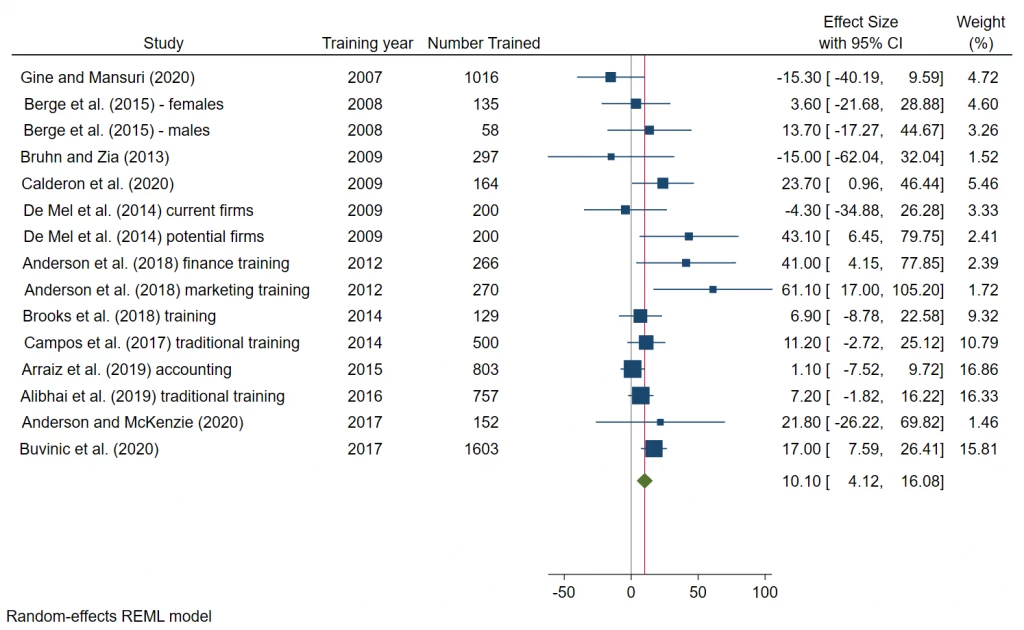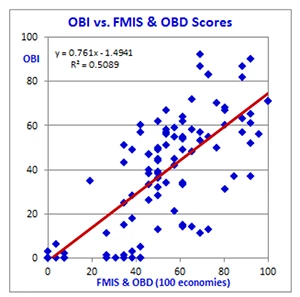The discussions on budget transparency and open data have been gaining momentum over recent years. Not only is it important that governments publish budget data on web sites, but also that they disclose meaningful data and full picture of financial activities to the public. The question is, how much of the disclosed information and documents are reliable? What is the scope of disclosed information? Is there any reliable information about other important aspects of fiscal discipline and transparency?
A number of fiscal transparency instruments and guidelines have been developed by civil society groups and international organizations to evaluate the existence, regularity, and contents of certain key budget documents published in the public domain and whether the information comply with international standards. However, current instruments do not concentrate on the source and reliability of published information, as well as the integrity of underlying systems and databases from which governments extract data.
In order to ensure the reliability of public finance (PF) information published on the government web sites, relevant budget data should ideally be obtained from dependable Financial Management Information System (FMIS) platforms and comply with open data standards. Currently, guidance on publishing reliable open budget data (OBD) from underlying FMIS solutions is scarce. This study is the first attempt to explore the effects of FMIS on publishing open budget data and potential improvements in budget transparency (BT), and provide some guidance on the effective use of FMIS platforms to publish open budget data.
The team collected data and relevant evidence by visiting the government PF web sites (mainly Finance Ministries or Departments) in 198 economies, and collecting evidence on the use of 176 FMIS solutions in publishing open budget data. This study is not intended to develop another index or ranking on budget transparency. The scope is limited to the budget data disclosed by the governments on the web for the details of budget revenues and expenditures, as well as the results achieved.
The study shows that, as of today, only a small group of governments provide opportunities to the citizens, civil society groups or oversight agencies for access to reliable, accurate, and meaningful open budget data from underlying FMIS solutions. However, there is an increase in demand from citizens and civil society for improved and complete open budget data about all financial activities, and many governments around the world are trying to respond to this democratic pressure.
The findings of this study indicate that while 83.8% of 198 economies have a dedicated website to publish PF data, good practices in presenting open budget data from reliable FMIS solutions are highly visible in only 24 countries (12 %), despite the widespread availability of 176 FMIS platforms around the world.
In addition, to verify whether the findings of the study are consistent with key observations from other fiscal transparency indices, the distribution of FMIS & OBD scores were compared with several relevant fiscal transparency instruments such as Public Expenditure and Financial Accountability (PEFA) and Open Budget Index (OBI). It was found that there is a positive correlation between the FMIS and OBD scores and PEFA scores (Figure 1). A stronger positive correlation is visible when the FMIS and OBD scores are compared with OBI scores (Figure 2).
Figure 1: Comparison of PEFA scores with FMIS & OBD scores (65 economies from Public PEFA Assessments)
Figure 2: Comparison of OBI scores with FMIS & OBD scores (100 economies)
In the study, 100 cases from 53 countries are highlighted as good practices in different areas of publishing open budget data from FMIS. These cases demonstrate that the innovative solutions to publish open budget data and improve budget transparency can be developed rapidly with a modest investment even in difficult settings, if there is a commitment from the government and a strong interest from the public.
So, can we see where the money goes? The main conclusion of this study is that despite the significant existence of budget data and information on the PF web sites, the contents are not always meaningful to provide adequate answers to this question. Therefore, “What You See Is (Not Always) What You Get” in government web sites. Additional efforts are needed in many economies for building confidence in the budget data disclosed by the governments.
The outputs of this study are expected to provide a comprehensive view of the current status of government practices for publishing budget data around the world, and promote debates around the improvement of PF web publishing platforms for disclosing reliable information about all financial activities to support transparency, accountability, and participation.
UPDATE: [October 1, 2013] The PDF version is now available online. Click HERE to access the publication. [PDF 13.65M]





Join the Conversation